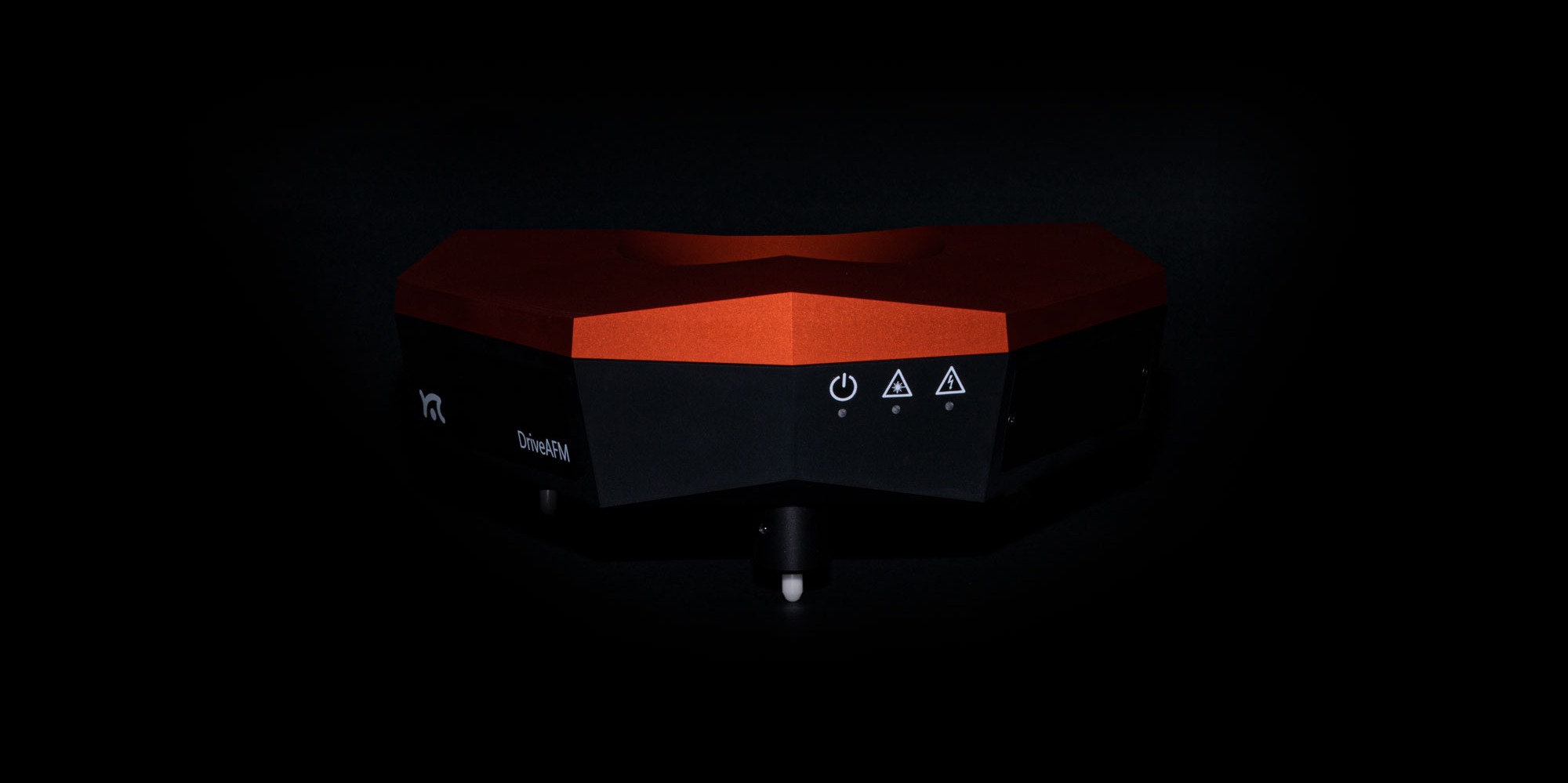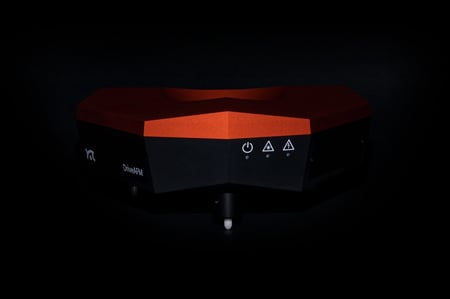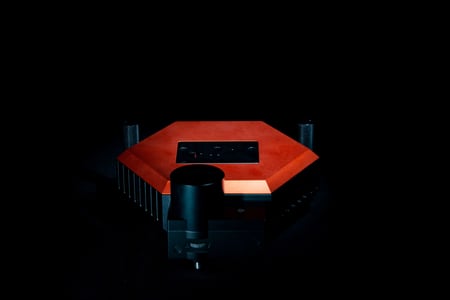AFM Master Class:
The essential short course for researchers using atomic force microscopy
Session 1: Why use AFM?
This session will introduce AFM as a surface characterization technique and set it in the context of other high-resolution nanoscale characterization methods. It will discuss when it is appropriate to use AFM as a characterization technique in terms of information provided and sample requirements.
Session 2: Best practices for topography imaging
This session will provide an overview of the most common application of AFM, which is to image 3-D topography of a sample on the nanoscale. This session introduce the most common imaging modes and focus on best practices for the practical user to obtain the highest quality topography images.
Session 3: Phase imaging for material contrast
Phase imaging is currently the most popular AFM mode to obtain material contrast on a sample. This session will include a discussion of what exactly phase measures and how it is useful both as an imaging mode and as an important indicator for topographic imaging.
Session 4: Overview of electrical modes
AFM is a powerful tool to characterize a variety of material properties, with electrical properties being chief among them. This session will cover the key AFM modes to measure a variety of electrical properties including surface potential, piezoelectric properties and conductivity.
Session 5: Image processing for AFM images
All AFM images require initial processing such as flattening or planefitting. This session will explain these basic image processing steps as well as additional useful image processing such as histograms, 3-D overlays, and masking. Specific examples will be shown using MountainSPIP software.
Session 6: Calibrations for AFM measurements
For certain quantitative measurements, calibrations of key AFM parameters such as cantilever spring constant and sensitivity are critical. This session will review the different methodologies for conducting the various calibrations.
Session 7: Force spectroscopy
Probably the most common AFM mode to measure mechanical properties such as modulus and adhesion is force curves, also known as force spectroscopy. This session will review what a force curve measures and the different models available for force curve analysis.
Session 8: WaveMode
The first commercial photothermal off-resonance tapping mode was launched as WaveMode in February 2022. This session will review WaveMode which enables fast imaging under gentle conditions for all samples in all environments.
About the AFM Master Class
Welcome to this comprehensive short course on atomic force microscopy. This carefully curated course is designed to elevate your understanding and practical skills in AFM, from its foundational principles to advanced applications.
Whether you're new to the field or a seasoned professional seeking to update your knowledge, the AFM Master Class is tailored to provide you with the essential theoretical foundations, practical tips, and real-world examples to master AFM. The AFM Master Class was streamed as a series of live webinars in 2022/2023 and is now available to everyone on YouTube.
Overview of curriculum
Session 1: Why use AFM?
Session 2: Best practices for topography imaging
Session 3: Phase imaging for material contrast
Session 4: Overview of electrical modes
Session 5: Image processing for AFM images
Session 6: Calibrations for AFM measurements
Session 7: Force spectroscopy
Session 8: WaveMode
Session 1: Why use AFM?
This session will introduce AFM as a surface characterization technique and set it in the context of other high-resolution nanoscale characterization methods. It will discuss when it is appropriate to use AFM as a characterization technique in terms of information provided and sample requirements.
Session 2: Best practices for topography imaging
This session will provide an overview of the most common application of AFM, which is to image 3-D topography of a sample on the nanoscale. This session introduce the most common imaging modes and focus on best practices for the practical user to obtain the highest quality topography images.
DriveAFM
The flagship AFM by Nanosurf that leaves nothing to be desired:
- Fast
- Intuitive
- Performance without compromise
FlexAFM
The most flexibly configurable AFM for materials and life science research:
- Our mid-range allround instrument
- One of the most established AFMs available
- Built-in upgrade path to DriveAFM
CoreAFM
AFM for multi-user settings and sophisticated education:
- Allround AFM with a competitive price tag
- 33 modes and functions out of the box
- Easiest AFM to handle with confidence
Interested in AFM?
Find out more about AFM! Reach out to us to discuss your application with one of our seasoned AFM experts, to get a budgetary quote or to schedule a product demonstration or exploratory meeting.

Session 3: Phase imaging for material contrast
Phase imaging is currently the most popular AFM mode to obtain material contrast on a sample. This session will include a discussion of what exactly phase measures and how it is useful both as an imaging mode and as an important indicator for topographic imaging.
Session 4: Overview of electrical modes
AFM is a powerful tool to characterize a variety of material properties, with electrical properties being chief among them. This session will cover the key AFM modes to measure a variety of electrical properties including surface potential, piezoelectric properties and conductivity.
Session 5: Image processing for AFM images
All AFM images require initial processing such as flattening or planefitting. This session will explain these basic image processing steps as well as additional useful image processing such as histograms, 3-D overlays, and masking. Specific examples will be shown using MountainSPIP software.
Session 6: Calibrations for AFM measurements
For certain quantitative measurements, calibrations of key AFM parameters such as cantilever spring constant and sensitivity are critical. This session will review the different methodologies for conducting the various calibrations.
Session 7: Force spectroscopy
Probably the most common AFM mode to measure mechanical properties such as modulus and adhesion is force curves, also known as force spectroscopy. This session will review what a force curve measures and the different models available for force curve analysis.
Session 8. WaveMode
The first commercial photothermal off-resonance tapping mode was launched as WaveMode in February 2022. This session will review WaveMode which enables fast imaging under gentle conditions for all samples in all environments.


